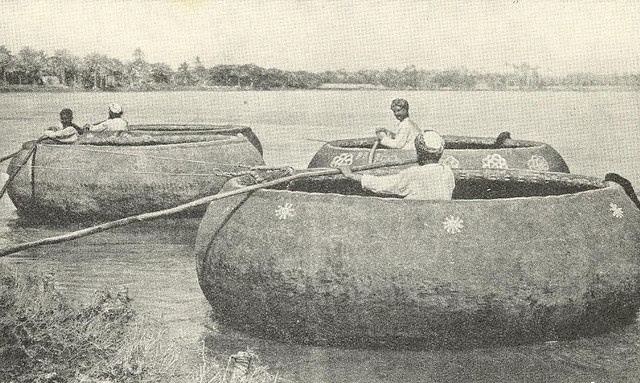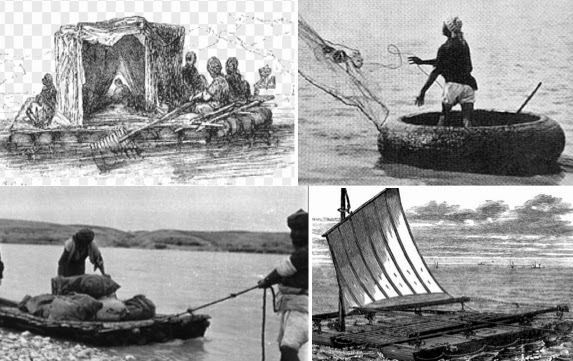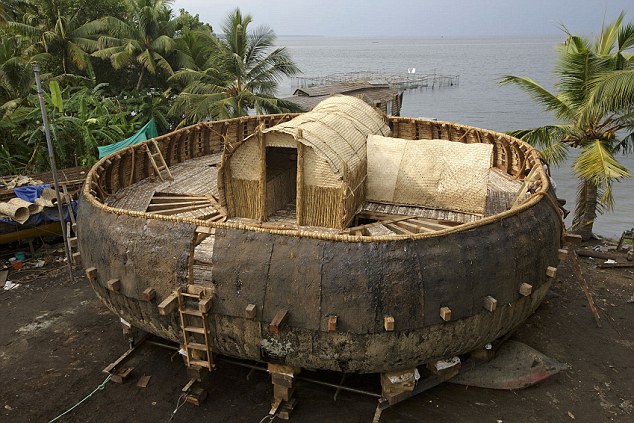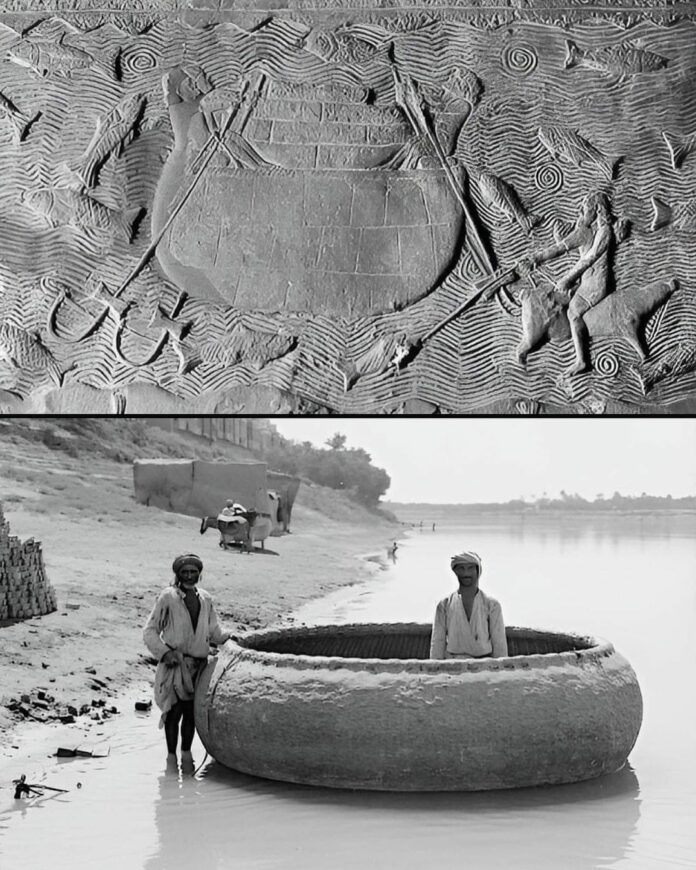Round boats have long captivated the imagination, and the quffa, a basket-built boat from Iraq, stands out as one of the most fascinating due to its well-documented antiquity, its widespread use well into the 20th century, and its sometimes truly immense proportions. This ancient craft, with its intriguing history and unique construction, offers a glimpse into the ingenuity and adaptability of human watercraft design.
The Quffa: A Basket-Built Boat with a Storied Past

The quffa, also known as a kuphar and by various alternate spellings, was first described in the 5th century BCE by the Greek historian Herodotus. According to his account, these round boats were built in Armenia and used for one-way trading trips down the Euphrates River. Constructed with a willow frame and covered in leather, the interior was protected by a layer of straw. Herodotus claimed that the largest quffas could carry a staggering 5,000 talents, or approximately 125 tons, though this figure was likely an exaggeration.
Diverse Methods of Quffa Construction

While Herodotus provided one description of quffa construction, alternate methods were present in antiquity and remained common into modern times. As described by James Hornell, the quffa was “perfectly circular in plan, nearly flat bottomed, and with convexly curved sides that tumble-home to join the stout cylindrical gunwale bounding the mouth.” The basket-like structure was reinforced by numerous ribs radiating from the center of the floor, and the reeds were woven together with palm fiber rope. This intricate craftsmanship required two builders, one working from the inside and the other from the outside, to create the waterproof vessel.
The Quffa and the Deluge Myth

A cuneiform tablet discovered in Babylon, dating to around 1750 BCE, provides an intriguing connection between the quffa and the story of a great flood. The tablet describes a god warning a man named Atrahasis of an impending disaster and instructing him to build a quffa to save himself. The detailed description of the boat, including its size of 220 feet (67 meters) in diameter and 20 feet (6 meters) in height, with upper and lower levels, suggests that the quffa may have played a role in the development of the deluge myth.
The Quffa in the 20th Century
The quffa remained in widespread use on the Tigris and Euphrates Rivers, particularly around Baghdad, well into the 20th century. These versatile boats served as water taxis, carried produce and building materials, and acted as lighters. Accounts from the time describe a range of sizes, from as small as 3’8″ in diameter to a remarkable 16’5″ with a maximum diameter of 18′.
The Quffa’s Decline and Preservation

The quffa’s decline coincided with the construction of bridges and roads in Iraq, as well as the proliferation of motor vehicles and launches. Today, it is unclear whether any quffas are still being built for recreational or historic preservation purposes. The legacy of this ancient craft, however, lives on, serving as a testament to the ingenuity and adaptability of human watercraft design.
Conclusion
The quffa, a basket-built boat from Mesopotamia, is a fascinating relic of the past that has captured the imagination of historians and enthusiasts alike. Its well-documented history, diverse construction methods, and potential connection to the deluge myth all contribute to its enduring allure. While the quffa may no longer serve a practical purpose, its legacy continues to inspire and fascinate, offering a glimpse into the rich cultural heritage of the region.
